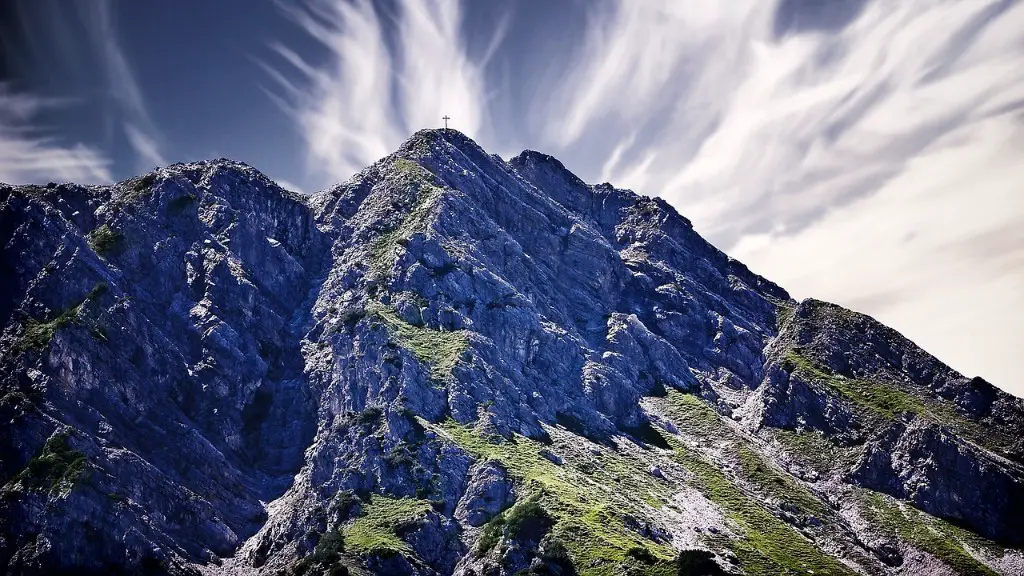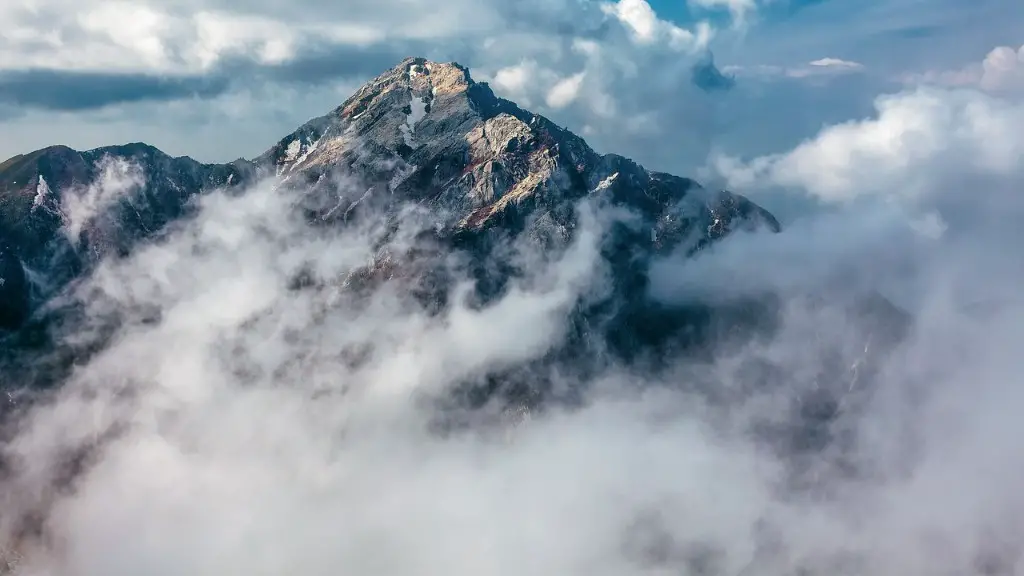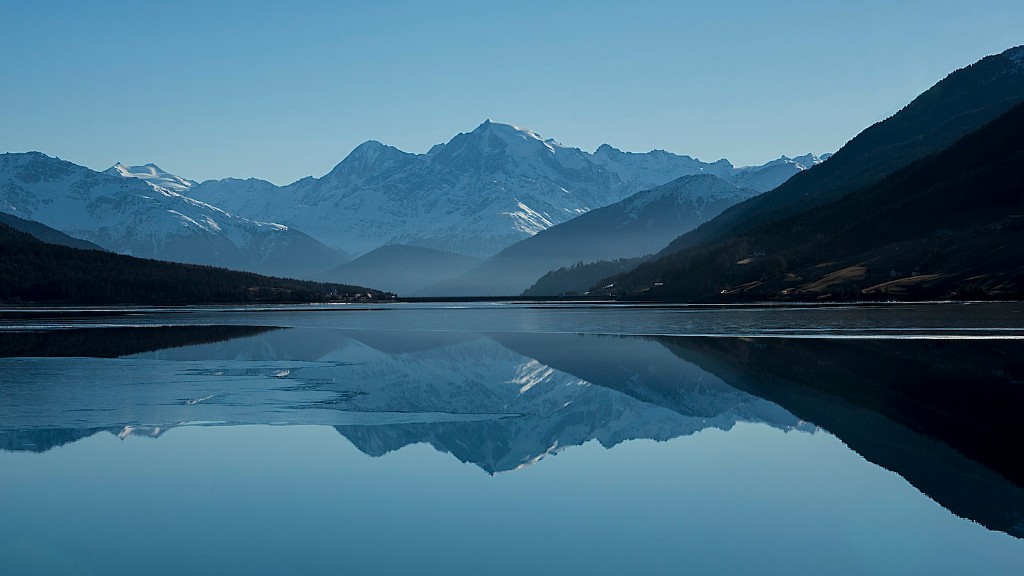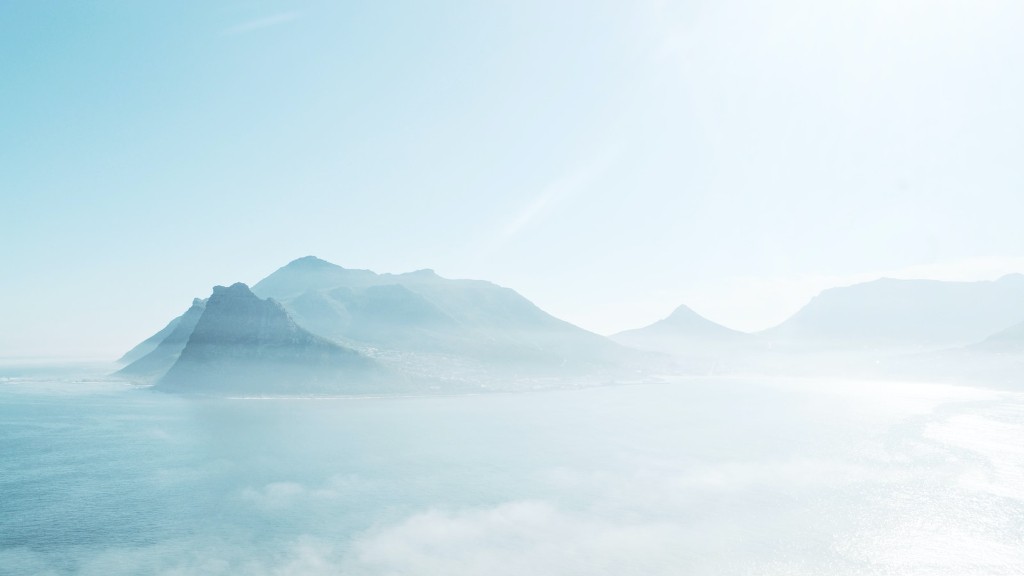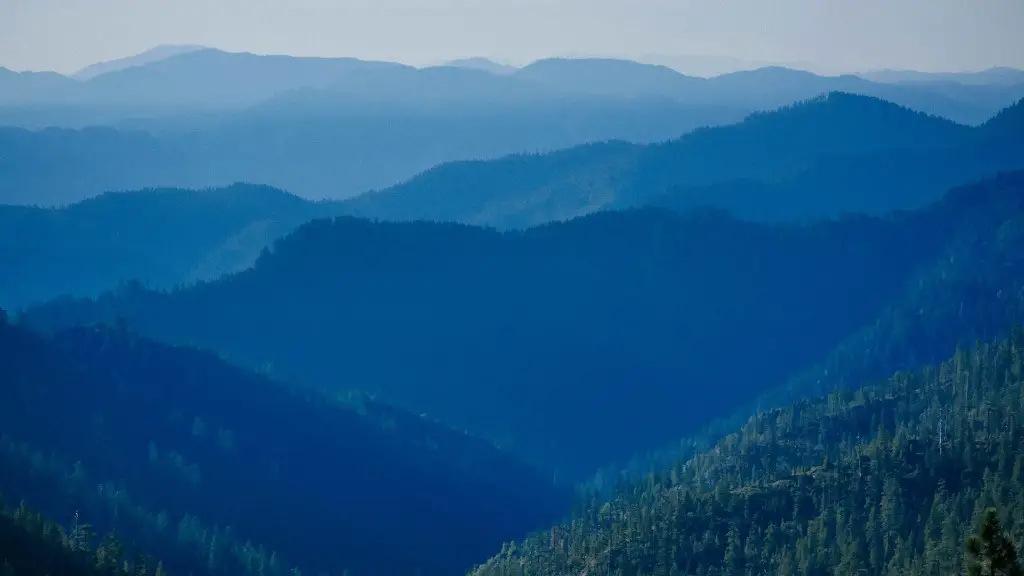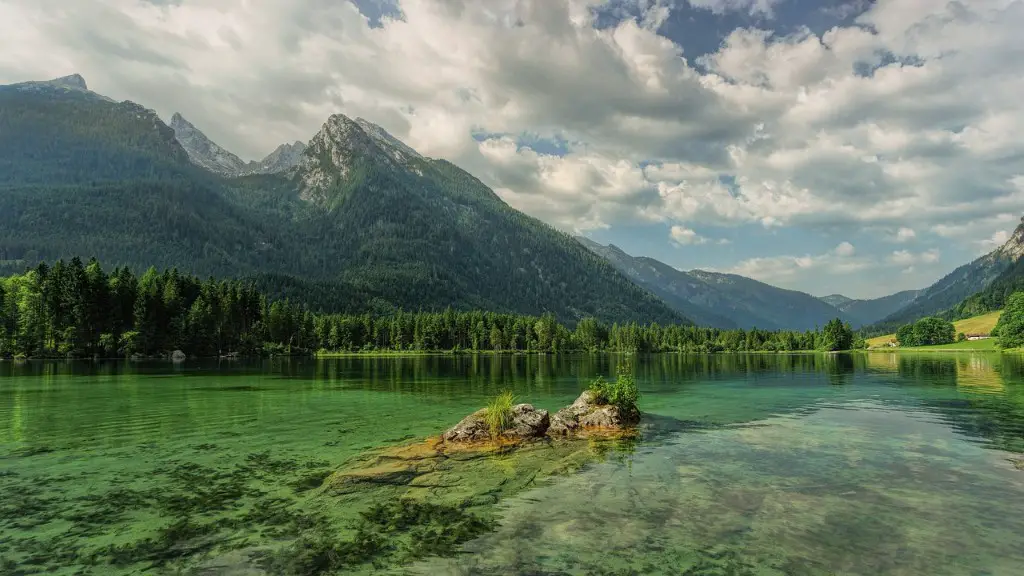At 8,848 metres, Mount Everest is the world’s tallest mountain. It straddles the border between Nepal and Tibet in Asia, and is part of the Himalayan mountain range. Mount Everest is notoriously difficult to climb, and is therefore not attempted very often. Those that do attempt it often do so in the warmer months, between April and June, or September and November. But what about in winter? How cold does it get?
The average winter temperature on Mount Everest is about -25 degrees Celsius. However, the temperature can drop to as low as -60 degrees Celsius at the summit.
What is the coldest Mount Everest has ever been?
The coldest temperature actually measured on the summit of Mount Everest was in February 2003 with a -418°F (-41°C) reading. There have been some published reports speculating that the absolute minimum temperature may fall as low as -76°F (-60°C). However, these reports are based on theoretical models and have not been verified by actual measurements.
The first winter ascent of Everest was by Krzysztof Wielicki on Feb 17, 1980, with a fellow Polish climber, Leszek Cichy. The team of 16 climbers worked their way up the mountain over the course of two months. In total, only 15 people have stood on Everest in meteorological winter (which begins Dec 1).
How cold is the death zone on Mount Everest
The death zone is the name given to high altitude regions on mountains where the air is so thin that it is impossible to breathe without supplemental oxygen. Temperatures in the death zone never rise above zero degrees Fahrenheit, and any exposed skin freezes instantly. A loss of blood circulation to climbers’ fingers and toes can cause frostbite, and in severe cases – if the skin and underlying tissues die – gangrene.
The temperature at the Mount Everest summit varies depending on the time of year. In January, the average summit temperature is -33°F (-36°C), but it can drop to -76°F (-60°C) at night. In July, the average summit temperature is -2°F (-19°C). Generally speaking, it is cooler at night and a tiny bit warmer during the day.
Is Antarctica or Everest colder?
Antarctica is the coldest place on Earth. It’s colder than the Arctic and the Andes, and even colder than the summit of Mt Everest. Some parts of Antarctica can get so cold that if you throw a cup of boiling water in the air, it will turn into snow and ice before it hits the ground!
Everest’s temperatures are more extreme than K2’s in both the climbing and midwinter seasons, according to a new study. K2’s higher latitude makes its midwinter BP similar and Temp lower than Everest’s.
Is K2 harder than Everest?
K2, also known as Mount Godwin-Austen or Chhogori, is the second-highest mountain peak on Earth, with a height of 8,611 metres (28,251 ft). It is located on the border between Baltistan in the Gilgit-Baltistan region of Pakistan and the Taxkorgan Tajik Autonomous County of Xinjiang in China.
K2 is more difficult and dangerous to climb than Everest, due to its more inclement weather and higher altitude. As of February 2021, only 377 people have completed the ascent to its summit, with 91 deaths during attempted climbs.
Climbing Everest and Lhotse in the same season is a great way to summit two 8,000-meter peaks in as little as 24 hours. This approach allows you to climb the highest and fourth-highest mountains in the world in a very short time frame.
Who is the youngest person to climb Mount Everest solo
Jordan Romero made history when he became the youngest person to ever summit Mount Everest at just 13 years old. This incredible feat is a testament to his skill and determination as a mountain climber. Jordan is an inspiration to people of all ages and his story is sure to motivate others to pursue their own dreams and goals.
Since 1953, when the first men reached the summit, more than 300 climbers have died on their way to the top of the world’s tallest mountain. A third of these succumbed to the deadly lack of oxygen.
What is the biggest cause of death on Mt Everest?
The top three causes of death on Mount Everest are avalanches, falls, and mountain sickness. Avalanches are the most deadly, followed by falls and then mountain sickness. Most deaths occur during descents, when climbers are tired and their concentration is reduced. Mountain sickness can be deadly if it leads to brain or lung edema.
It can take minutes just to catch your breath on the peak of Everest. That’s because, at an elevation of 8,848 meters (29,029 feet), each breath contains one-third of the oxygen found at sea level. The lack of oxygen can cause serious health problems, and even death.
Where is coldest place on earth
1) Eastern Antarctic Plateau, Antarctica (-94°C)
2) Vostok Station Antarctica (-892°C)
3) Amundsen-Scott Station, Antarctica (-828°C)
4) Denali, Alaska, United States of America (-73°C)
5) Klinck station, Greenland (-696°C)
6) Oymyakon, Siberia, Russia (-677°C)
These are some of the coldest places on Earth! The Eastern Antarctic Plateau is the coldest, with temperatures reaching -94°C. Vostok Station in Antarctica isn’t far behind, with lows of -89.2°C. Amundsen-Scott Station in Antarctica is also incredibly cold, with temperatures dropping as low as -82.8°C.
Denali in Alaska is the coldest place in the United States of America, with temperatures that can dip as low as -73°C. Klinck station in Greenland is also incredibly cold, with temperatures as low as -69.6°C. Finally, Oymyakon in Siberia, Russia is one of the coldest places in the world, with temperatures that have been
Climbing Everest is a dangerous undertaking at any time of year, but the risk is particularly high in July and August due to the increased likelihood of avalanches, snow storms, and whiteouts. The best time to attempt the climb is generally considered to be May or October, when the weather is more settled.
How likely are you to survive Mount Everest?
K2 is one of the most dangerous mountains in the world, with a death rate of roughly one in five. The mountain is part of the neighbouring Karakoram mountain range, and has been the site of 355 successful ascents and 82 deaths.
Polar bears are the largest land predators on Earth. They live in one of the world’s most hostile environments, the Arctic. These bears have adapted to survive in this frozen landscape. They are not found in Antarctica, even though the North and South poles are both snow-covered, icy-cold environments. Polar bears range across the Arctic Ocean, in parts of Canada, Alaska, Russia, Greenland and Norway (Svalbard).
Who owns Antarctica
The seven countries that maintain territorial claims in Antarctica are Argentina, Australia, Chile, France, New Zealand, Norway, and the United Kingdom. The United States and most other countries do not recognize those claims.
Mount Everest is part of the Himalaya mountain range and straddles the border of Nepal and China. It is the tallest mountain in the world, reaching a height of 29,029 feet (8,848 meters). Everest is a popular destination for mountaineers and adventurers, who come to test their skills and endurance against the elements. The first recorded ascent of Everest was made by British mountaineer Edmund Hillary and Nepali Sherpa Tenzing Norgay in 1953.
Final Words
The average temperature on Mount Everest in winter is -29 degrees Celsius.
The average winter temperature on Mount Everest is -33 degrees Celsius. However, it can get much colder than that, with temperatures sometimes dipping below -60 degrees Celsius. So while it may not be the coldest place on Earth, it is still pretty darn cold!
